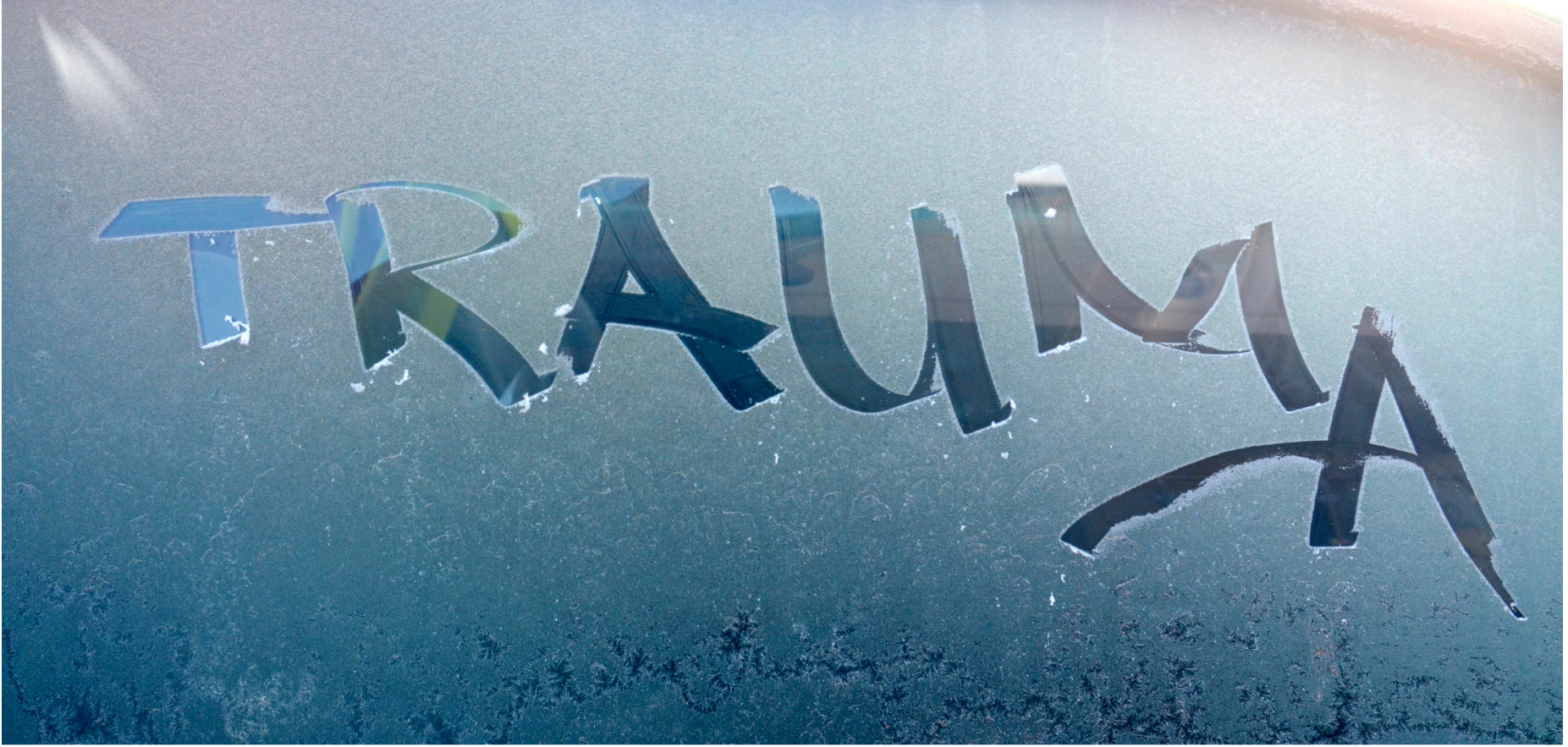
Trauma can hit hard, leaving its mark both seen and unseen. It rearranges our mental landscape, sometimes making it tough to bounce back. Resilience, that inner grit we rely on when faced with adversity, can be shaped by these rough patches.
Now, it might seem like trauma and resilience are at odds, but it’s a bit more nuanced. Trauma can either sway us towards feeling stuck, overwhelmed by the weight of the past, or it can push us into new territories of strength and endurance. It’s kind of like a crossroad where one path leads to stumbling blocks and the other to stepping stones.
There are countless ways individuals respond to trauma. Some folks might shy away, finding even day-to-day challenges monumental. Others might harness their past experiences as fuel, digging deep to find newfound strength. Take Maria, who used her tumultuous childhood as a launchpad to become a mental health advocate. Her story shows us trauma doesn’t just break—it teaches, propels, and transforms.
So, how does trauma affect resilience? Picture two sides of a coin. On one side, trauma may try to chip away at the walls of our resilience, making that instinct to bounce back a little wobbly. Yet, flip the coin, and trauma can become a powerful catalyst, building a rock-solid foundation for resilience when nurtured right.
Rebuilding Resilience After Childhood Trauma
Childhood trauma can leave scars that are more than skin deep, ones that shape who we are well into adulthood. When you’re just a kid, dealing with overwhelming emotions or situations can set the stage for how you handle life’s challenges later on. But the good news? You can build resilience even after facing those tough early experiences.
- Recognizing how past events have shaped your beliefs and reactions is key. It’s like learning to read the map of your emotional landscape, spotting patterns that hold you back, and paving new paths to emotional freedom.
- Therapy can be a game-changer here. Whether it’s cognitive-behavioral therapy or more holistic approaches like mindfulness-based stress reduction, these tools work on healing from the inside out. They don’t erase the past but help create a new, balanced perspective.
- Don’t underestimate the power of a supportive environment. Connecting with others who lift you, challenge you, and understand your journey can anchor you in moments of self-doubt. It’s like having a cheering crowd at your personal marathon, keeping you going when the incline feels too steep.
- Let’s not forget the healing power of self-compassion. Forgive yourself for not having it all figured out and celebrate small victories. Each step forward builds that resilience muscle.
In short, rebuilding resilience after childhood trauma is about turning the echoes of the past into a harmonious backdrop for a brighter, more resilient future. With self-awareness, supportive relationships, and the right therapies, you transform past scars into stepping stones toward a stronger self.
Factors Boosting Resilience Post-Trauma
Resilience—it’s that quality that keeps us standing after life tries to knock us down. Building Emotional Resilience Through Mindfulness After experiencing trauma, certain factors can ramp up your resilience, turning stumbling blocks into stepping stones.
- One major player in the resilience game is social support. Having a network of friends, family, or even a dedicated support group creates a safety net that softens life’s punches. They’re your go-to squad, there to share laughs, lend an ear, or offer a shoulder when it feels like too much. Leaning on others isn’t weakness; it’s a lifeline.
- Self-awareness and emotional intelligence also work wonders. The more you understand yourself and your reactions, the better equipped you are to manage emotional upheavals. It’s about tuning into your own station among all the external noise and figuring out what makes you tick—and what trips you up.
- Adaptive coping mechanisms are your toolkit for handling the unexpected. Learning to channel stress into positive action, rather than bottling it up or letting it explode, helps maintain your equilibrium. Whether it’s turning to creative outlets, practicing yoga, or journaling your thoughts, find what works for you and make it a ritual.
- Which factor most increases resilience after a traumatic event? Many experts agree that social support takes the crown when it comes to bolstering resilience. A strong, supportive community acts like a buffer, easing the weight of isolation and empowering you to face new challenges head-on.
Harness these factors, and resilience can become your companion, not just a distant goal. Embrace those around you, keep learning about yourself, and develop strategies that work for your unique journey. With these hooks in place, you can create a resilience-rich life even after facing trauma.
The Psychological and Emotional Effects of Past Trauma

Past trauma tends to leave a lasting imprint on both the psyche and emotions, coloring how we view ourselves and the world around us. It doesn’t just sit neatly in the past; instead, it unfolds like ripples, influencing aspects of our daily lives.
Living with past trauma often means managing anxiety, depression, or flashbacks that impact concentration, relationships, and even physical health. These emotional bruises can feel like an anchor, dragging down even the brightest days. But recognizing these patterns is the first step toward healing.
Some folks might find themselves reliving their experiences through triggers, seemingly innocuous things that unexpectedly launch vivid memories or emotions. It’s like an uninvited guest that refuses to leave. Learning to identify and manage these triggers can help take back control.
On the flip side, trauma can also lead to post-traumatic growth. This is where those tough experiences actually foster personal development and expanded perspectives. When harnessed correctly, the distressing past becomes a catalyst for greater empathy, resilience, and self-awareness.
What does past trauma do to a person? It’s like a shadow that looms over, darkening the mind and heart, but it’s not without hope. With the right tools and support, individuals can transform their experiences, creating a narrative of strength and healing that leads to a brighter path ahead.
Strategies for Cultivating Resilience
Resilience might seem like an elusive quality, especially after life deals its hard blows, but it’s totally within reach. Building it is a journey, not a quick fix, and involves embracing both self-care and community support.
- Self-care: Is your foundation. It’s essential to fill your own cup, whether through regular exercise, getting enough sleep, or indulging in activities that bring you joy and relaxation. Creating a self-care routine isn’t just selfish—it’s necessary.
- Professional support: Can also make a world of difference. Think about therapy or counseling as part of your toolkit. Speaking with someone who gets it can provide that perspective and coping strategies needed to process past hurts and develop resilience.
- Community and peer support: It’s like adding reinforcements to your resilience armor. Whether it’s joining a support group or simply talking to friends who uplift you, connecting with others helps to validate your experiences and emotions while providing new insights and encouragement.
Personal stories of overcoming trauma can inspire and motivate you to keep going. Seeing how others have not just survived but thrived after adversity adds a dose of reality to resilience—it’s possible and achievable.
The road to building resilience is ongoing, full of tweaks and adjustments. By incorporating consistent self-care, seeking professional guidance when necessary, and surrounding yourself with a supportive network, resilience can become a companion on your journey.
